
Philips Moda 245C7QJSB Review
Manufacturer: PhilipsUK price (as reviewed): MSRP £189 (inc VAT)
US price (as reviewed): MSRP TBC
The 245C7QJSB is a brand new screen from Philips, and it has an undeniable wow factor when you take it out of the box. This isn't down to its specs – it's a 1080p, 60Hz, non-variable refresh rate monitor – but rather its looks; this is one of the thinnest and best looking IPS monitors we've ever seen. The plastic bezel, too, is very thin at just 2.5mm, although users should note that the screen does have what Philips calls an 'in-panel black matrix border' that measures 9mm. This looks much better than plastic, but does mean the total space between the edge pixels and the physicals edges of the screen is 11.5mm (more at the bottom). Now, as reviewers, it's important we don't give too much credence to aesthetics, but we're relatively sure many of you will agree with us about this screen's looks, and this screen is better suited to multi-monitor setups than many standard 24" screens, although models with even thinner bezels are certainly available. Ostensibly, then, this is a screen we'd be more than happy to have sitting on our desks, but it'll need to do more than dazzle us with charm to earn a seal of approval.
Setup couldn't be easier with this panel, as it comes fully assembled out of the box. The stand is thin, but the metal has a nice finish and is very strong too, while rubber on the bottom gives the screen a good grip. The downside to the simple stand is a lack of adjustment, however. The 245C7QJSB offers a decent enough amount of tilt (-5° to 20°), but all other adjustments including height are off the cards, so it's on you to ensure your desk or monitor stand lets the monitor rest at a suitable height for your eyes. Wall mounting is also not an option; the stand is fixed to the back of the monitor, and there are no VESA mounting points.
The silver lower edge is plastic rather than metal, but it nevertheless blends well with the actual metal used on the stand. You won't find any control buttons spoiling the clean looks here, just a single transparent Philips logo which is lit by a white LED when the power is on. If this isn't to your taste, the LED is easily disabled in the menu – useful if you're watching something or gaming in a dark room, for example.
All ports here are rear-facing, which is great for ease of access. Along with HDMI and DisplayPort, users get a legacy VGA connection too. This should cover most bases; a DVI port would have been nice too, but it's not strictly necessary given what else is there. VGA and HDMI cables are supplied in the box but no DisplayPort. Audio signals from the digital connections can be rerouted through the single 3.5mm headphone jack, but there are no speakers on this monitor. This is by no means a criticism; in fact, we're actually happy they've been omitted, as they're invariably terrible.
Instead of fiddly buttons, the menu is controlled by a single quad-directional joystick located on the rear of the panel, and this is also used as the power button. This is a wonderfully simple mechanism that's highly intuitive in spite of the fact you can't see it. The joystick offers quick links to volume control, Smart Image settings, and input selection, and tapping it to the right brings up the menu proper. The OSD is responsive and well laid out; it only takes a few seconds to find and change the setting you're after. Settings of note include a low blue mode for easing eye strain, five different gamma settings ranging nominally from 1.8 to 2.6, seven different colour temperature settings including an sRGB mode, and SmartResponse for attempting to alleviate ghosting. By default, the 245C7QJSB is set to the values that match the sRGB colour space.
As mentioned, Philips is using a 1,920 x 1,080, 24” IPS panel here. These tend to have better viewing angles, contrast, and colour accuracy than TN varieties, but appeal less to gamers on account of slower response times. The 60Hz maximum refresh rate may also be less appealing to gamers, and the absence of variable refresh rate technologies like G-Sync and FreeSync is also a negative for such users. One final thing to note is that the 245C7QJSB is advertised as having 'Ultra-Wide Color', although true AdobeRGB gamut coverage is not present – the idea is to make images look bolder and deeper, not to be a professional-grade display, so it'll be interesting to see just how much colour the screen can display. Head on over the page to start browsing through the colorimeter results, or go straight to the final page for an analysis of what the results mean, including some subjective impressions based on general usage and gaming on this screen.
Specifications
- Screen size: 23.8"
- Panel technology: IPS
- Resolution: 1,920 x 1,080
- Aspect ratio: 16:9
- Maximum refresh rate: 60Hz
- Variable refresh rate: No
- Brightness: 250cd/m2
- Contrast ratio: 1,000:1
- Response time: 5ms grey-to-grey
- Connectors: 1 x DisplayPort 1.2, 1 x HDMI, 1 x VGA
- USB: No
- VESA wall-mount: No
- Adjustments: Tilt
- Speakers: No

MSI MPG Velox 100R Chassis Review
October 14 2021 | 15:04

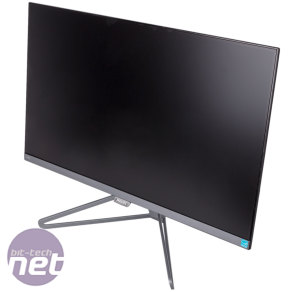

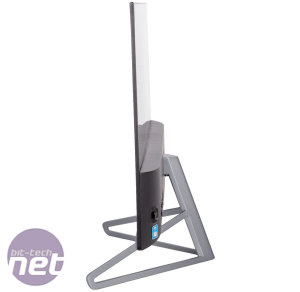
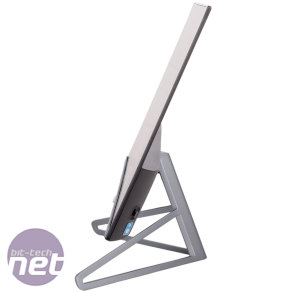
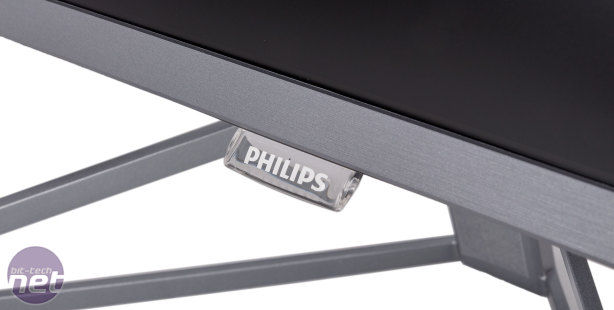

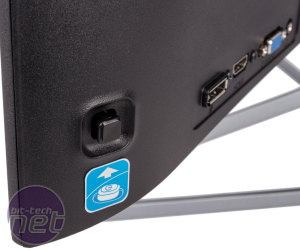
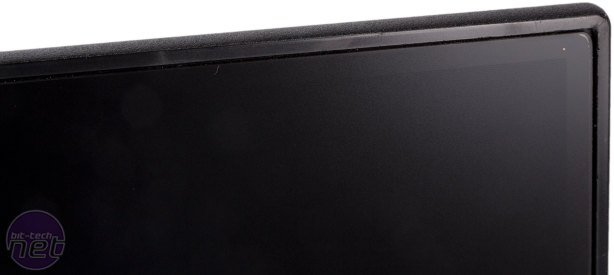







Want to comment? Please log in.